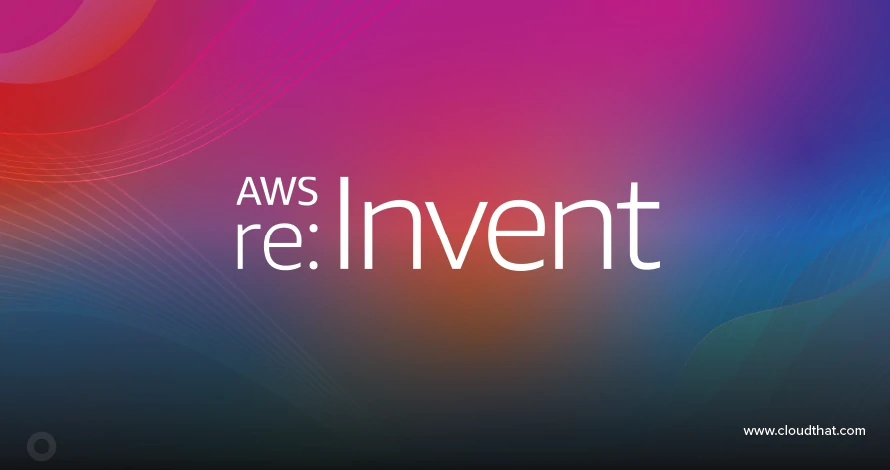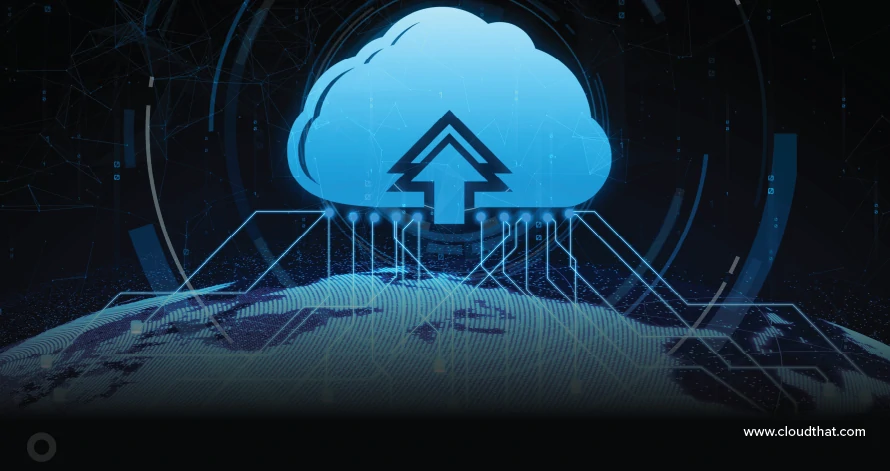|
Voiced by Amazon Polly |
Introduction
Google Cloud Load Balancing is a powerful and flexible solution for distributing traffic across multiple backend instances. In this blog, we will explore Network Endpoint Groups (NEGs), their role in load balancing, and how we configured them in our recent lab experiment.
Stand out from the competition. Upskill with Google Cloud Certifications.
- Certified Instructors
- Real-world Projects
What are Network Endpoint Groups (NEGs)?
Network Endpoint Groups (NEGs) are a crucial component in Google Cloud that allow load balancers to route traffic to specific endpoints, such as Cloud Run services, Cloud Functions, or App Engine instances. Unlike traditional backend instance groups, NEGs enable granular traffic routing and better integration with serverless computing.
Types of NEGs:
- Zonal NEGs – Used for VM instances with specific network interfaces.
- Internet NEGs – Used for backend services hosted outside Google Cloud.
- Serverless NEGs – Used for Cloud Run, App Engine, and Cloud Functions.
Why Use NEGs?
- Fine-grained traffic control: NEGs allow routing traffic to individual services rather than entire instance groups.
- Multi-region support: NEGs enable distribution of traffic across multiple regions for better availability.
- Serverless integration: They seamlessly integrate with Cloud Run, App Engine, and Cloud Functions.
- Optimized performance: Load balancing decisions can be made closer to the request origin, reducing latency.
Lab Exercise: Configuring a Load Balancer with NEGs
Objective
To create an external HTTP Load Balancer with serverless NEGs as backends for routing traffic to multiple Cloud Run services.
Steps Performed
- Create Cloud Run Services
We deployed two Cloud Run services in different regions:
# Deploy service in us-central1
|
1 |
gcloud run deploy hello-world-us --region=us-central1 --platform=managed –allow-unauthenticated --image=gcr.io/cloudrun/hello |
# Deploy service in asia-south1
|
1 |
gcloud run deploy hello-world-asia --region=asia-south1 --platform=managed –allow unauthenticated --image=gcr.io/cloudrun/hello |

- Create Serverless NEGs
# Create NEG for us-central1
|
1 |
gcloud compute network-endpoint-groups create hello-neg --region=us-central1 --network-endpoint-type=serverless --cloud-run-service=hello-world-us |
# Create NEG for asia-south1
|
1 |
gcloud compute network-endpoint-groups create hello1-neg --region=asia-south1 --network-endpoint-type=serverless --cloud-run-service=hello-world-asia |
- Create Backend Services and Attach NEGs
# Create backend service for us-central1
|
1 |
gcloud compute backend-services create backend-service-1 --global --protocol=HTTP |
|
1 |
gcloud compute backend-services add-backend backend-service-1 --global --network-endpoint-group=hello-neg --network-endpoint-group-region=us-central1 |
# Create backend service for asia-south1
|
1 |
gcloud compute backend-services create backend-service-2 --global --protocol=HTTP |
|
1 |
gcloud compute backend-services add-backend backend-service-2 --global --network-endpoint-group=hello1-neg --network-endpoint-group-region=asia-south1 |
- Create URL Map and HTTP Proxy
# Create URL map
|
1 |
gcloud compute url-maps create cloud-run-url-map --default-service=backend-service-1 |
# Create HTTP proxy
|
1 |
gcloud compute target-http-proxies create cloud-run-http-proxy --url-map=cloud-run-url-map |
- Create a Global Forwarding Rule
|
1 |
gcloud compute forwarding-rules create cloud-run-fw-rule --global --target-http-proxy=cloud-run-http-proxy --ports=80 |

- Test the Load Balancer
Once the setup was complete, we obtained the external IP of the forwarding rule and tested it using a browser or cURL command:
curl http://[EXTERNAL_IP]
Observations
- We observed that traffic was correctly distributed between the two Cloud Run services based on regional availability.
- The Load Balancer provided a single entry point for multiple backend services hosted in different regions.
- By using NEGs, we achieved a serverless, scalable, and efficient load-balancing solution.
Conclusion
NEGs provide a powerful mechanism to integrate Google Cloud Load Balancing with serverless and hybrid environments. Our lab experiment demonstrated how NEGs can be used to route traffic efficiently between multiple Cloud Run services deployed across different regions. By leveraging NEGs, organizations can optimize performance, improve availability, and achieve a seamless user experience.
Next Steps
- Explore additional routing configurations using URL maps.
- Implement health checks for backend services.
- Enable logging and monitoring
Freedom Month Sale — Discounts That Set You Free!
- Up to 80% OFF AWS Courses
- Up to 30% OFF Microsoft Certs
- Ends August 31
About CloudThat
CloudThat is an award-winning company and the first in India to offer cloud training and consulting services worldwide. As a Microsoft Solutions Partner, AWS Advanced Tier Training Partner, and Google Cloud Platform Partner, CloudThat has empowered over 850,000 professionals through 600+ cloud certifications winning global recognition for its training excellence including 20 MCT Trainers in Microsoft’s Global Top 100 and an impressive 12 awards in the last 8 years. CloudThat specializes in Cloud Migration, Data Platforms, DevOps, IoT, and cutting-edge technologies like Gen AI & AI/ML. It has delivered over 500 consulting projects for 250+ organizations in 30+ countries as it continues to empower professionals and enterprises to thrive in the digital-first world.

WRITTEN BY Laxmi Sharma
Laxmi Sharma is a Subject Matter Expert at CloudThat, specializing in Google Cloud Platform. With 12+ years of experience in Cloud Domain. She has trained over 3000+ professionals/students to upskill in Cloud domain. Known for simplifying complex concepts and hands-on teaching, she brings deep technical knowledge and practical application into every learning experience. Laxmi's passion for learning & explaining new things to others reflects in her unique approach to learning and development.


 Login
Login


 April 29, 2025
April 29, 2025 PREV
PREV










Comments